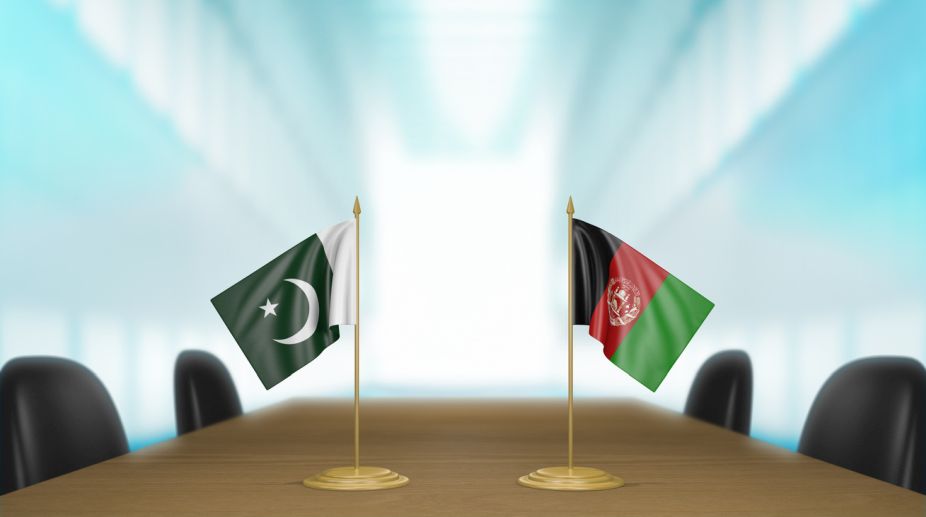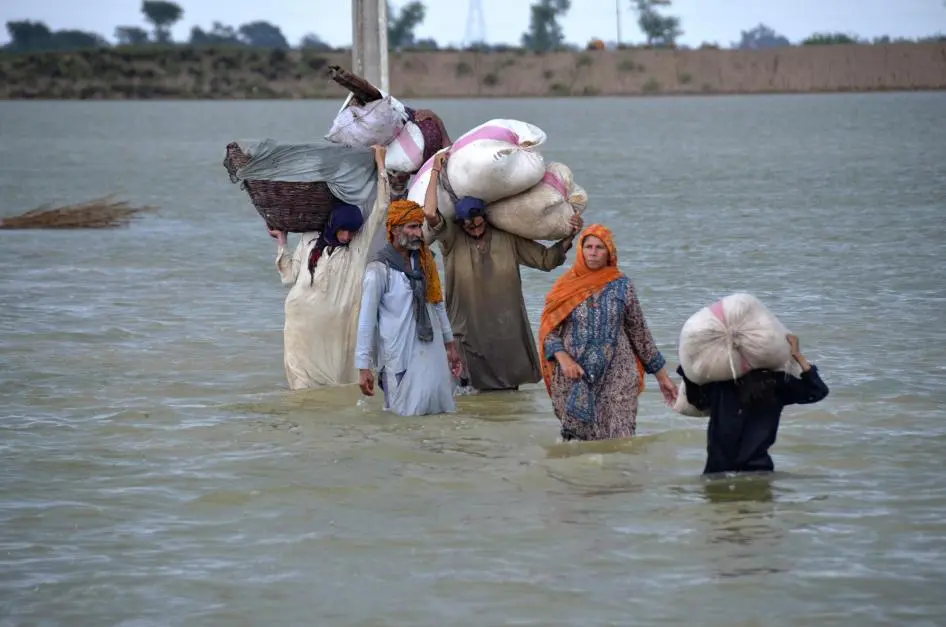Sadiq Sangrani
Water scarcity and environmental degradation are not just challenges for Sindh—they are existential threats. Over the past several decades, a combination of flawed water agreements, political maneuvering, and federal negligence has turned the once life-giving Indus River into a dwindling stream that barely reaches the sea. This systemic mismanagement is pushing Sindh toward ecological collapse and inter-provincial strife.
A River Betrayed: From Lifeline to Liability
Before the construction of massive dams, the Indus River consistently flowed with an annual outflow of 94 million acre-feet (MAF) of water. This not only sustained life in Sindh but also helped the river reclaim land from the Arabian Sea. Since the construction of the Mangla and Tarbela dams, however, the opposite has occurred. Sea intrusion has overtaken over three million acres of fertile farmland in coastal districts like Badin, Thatta, and Sujawal. Karachi, too, is now under threat.
The once-mighty Indus often dries up before even reaching the sea. The current flow sometimes falls below the minimum required threshold of 7.3 MAF—a figure considered critical to maintain ecological balance in the Indus Delta.
The 1945 Agreement: A Precursor to Dispossession
Sindh historically enjoyed exclusive rights over the Indus River. But in 1945, the British colonial administration, collaborating with the Unionist Government of Punjab, introduced the flawed concept of the “Indus River System.” This system lumped together the Indus with its five tributaries—Jhelum, Chenab, Ravi, Sutlej, and Beas—and introduced a framework for sharing water between Punjab and Sindh. The move was politically motivated, especially after the removal of Sindh’s independent-minded chief minister Allah Bux Soomro in 1942.
Hidayatullah’s party, which had only three seats in a 60-member Sindh Assembly, signed the 1945 agreement that reduced Sindh’s water autonomy. Although the agreement created a 48-48 per cent division between Punjab and Sindh (with smaller shares allocated to NWFP and Balochistan), it was based on flawed hydrological assumptions. Punjab had historically drawn its water from the other five rivers, not the Indus. Merging all these rivers into one system diluted Sindh’s historic rights and created a foundation for future conflict.
Ayub Khan’s Dam Diplomacy: A Costly Trade-off
The damage worsened in 1960 when General Ayub Khan signed the Indus Waters Treaty with India. For a mere $200 million, Pakistan permanently ceded the waters of Ravi, Beas, and Sutlej to India. To compensate for this loss, mega dams like Mangla and Tarbela were constructed—ostensibly to divert water from Jhelum and the Indus to meet Punjab’s growing needs.
This infrastructure was less about water equity and more about political capital. Ayub sought to win over Punjab and Khyber Pakhtunkhwa through grandiose projects, but in doing so, Sindh was deprived of its fair share. New canals and barrages such as Chashma, Jinnah, and the Thal Canal began diverting Indus waters to Punjab, severely impacting downstream flows into Sindh.
The 1991 Water Accord and the IRSA Act: Legalizing Injustice
The 1991 Water Accord, passed during a non-representative caretaker regime, formalized many of the injustices Sindh had long resisted. The Pakistan People’s Party (PPP) opposed this move, foreseeing the long-term implications for inter-provincial harmony. The new IRSA Act (1992), which replaced the 1945 Agreement, effectively marginalized Sindh by empowering Punjab through disproportionate control and voting power in the Indus River System Authority (IRSA).
Although Sindh had historically received 48% of the Indus waters, its share was reduced to 42% under this new arrangement, while Punjab retained its previous 48% share—even though East Punjab had become part of India by then. Meanwhile, Balochistan and KP received 3.8% and 5.8%, respectively. Worse still, the federal government—previously not a stakeholder—was now given a vote, further diluting Sindh’s influence.
Legal Wins, Political Setbacks
In 2000, following years of protest by Sindh’s civil society and political leadership, a federal notification mandated that the federal member of IRSA should be from Sindh, being the lowest riparian. This decision, later protected under Article 270AA of the Constitution, gave Sindh a fairer say in IRSA decisions—at least on paper.
However, this positive step was quietly reversed in 2014 without legal justification. When challenged in the Sindh High Court, the 2017 ruling upheld Sindh’s right. The Supreme Court rejected the federal government’s appeal in 2021, yet Islamabad still failed to comply. To date, a federal member from Sindh has not been appointed to IRSA.
This absence became particularly dangerous when, during a caretaker regime in January 2024, IRSA issued a “Water Availability Certificate” for the Cholistan and Thal Canal Phase II project. This certificate, issued without the required Sindhi representation, is both unconstitutional and deeply provocative.
A Crisis Ignited: The Cholistan and Thal Canal Controversy
The Government of Sindh has formally objected to the Cholistan and Thal Canal projects. These schemes threaten to divert even more water from the Indus, potentially leading to catastrophic environmental consequences for Sindh. According to the Constitution and the IRSA Act, no such project can begin without approval from ECNEC, the Council of Common Interests (CCI), or a joint session of parliament.
Despite this, Punjab has allegedly begun excavation on site—an act Sindh considers unconstitutional. It has sparked fears that federal institutions meant to protect provincial rights are being bypassed.
Political Fallout and Public Anger
Bilawal Bhutto Zardari has condemned the PML-N-led federal government, warning that it cannot bypass constitutional procedures or further marginalize Sindh. He described the canal project as a tool for sowing provincial discord. President Asif Ali Zardari echoed these concerns in his March 2025 address to parliament, warning of dire consequences if the water dispute isn’t resolved justly.
The people of Sindh, already reeling from years of environmental degradation, view this as an existential threat. Deltaic agriculture, freshwater supply, and ecological balance are all at stake. The repeated violation of agreements and constitutional mandates has eroded trust and threatens to deepen the already fragile federal structure.
Conclusion: Water Justice is National Justice
What is unfolding in Sindh is not merely a local issue—it’s a national crisis. A just and sustainable water-sharing framework is essential not only for Sindh’s survival but for Pakistan’s stability. The environmental, political, and social costs of continued injustice are too high to ignore. Unless the federal government honors its constitutional commitments and re-establishes equity in water distribution, the seeds of provincial disharmony will only grow deeper.
The water crisis in Sindh is a stark reminder that infrastructure projects, however grand, are not a substitute for justice. Pakistan must choose: continue down a path of exclusion and environmental destruction, or correct historic wrongs and ensure every province has its fair share of life’s most basic need—water.















